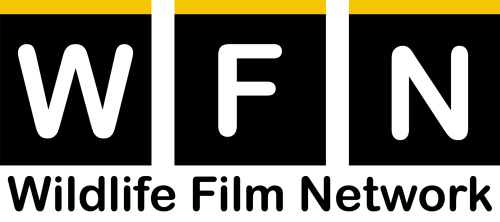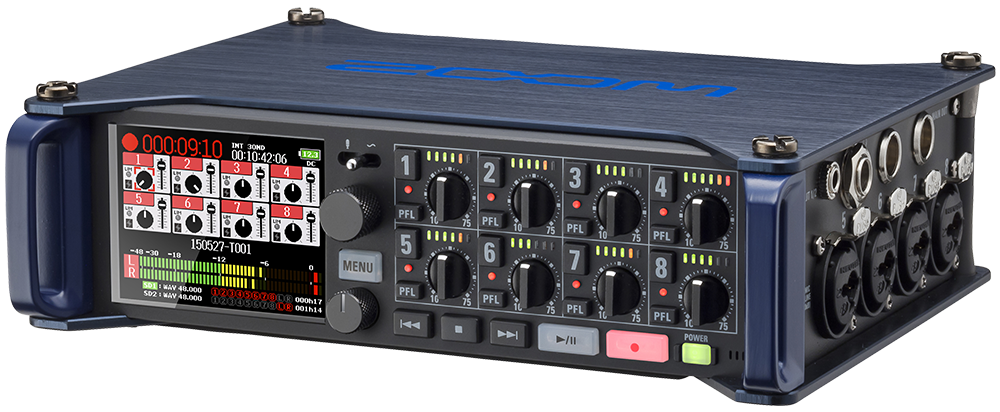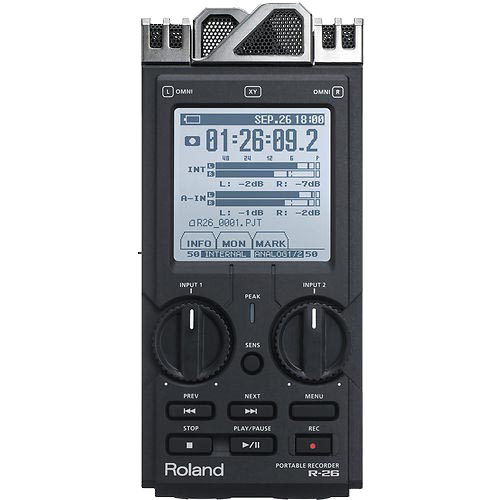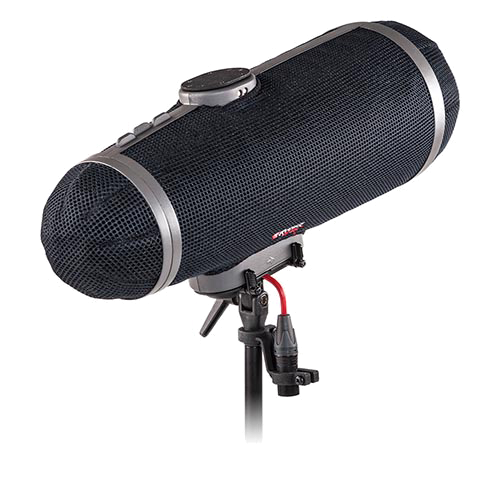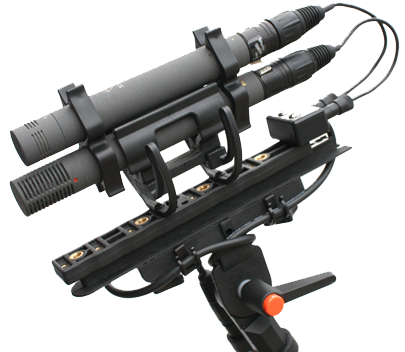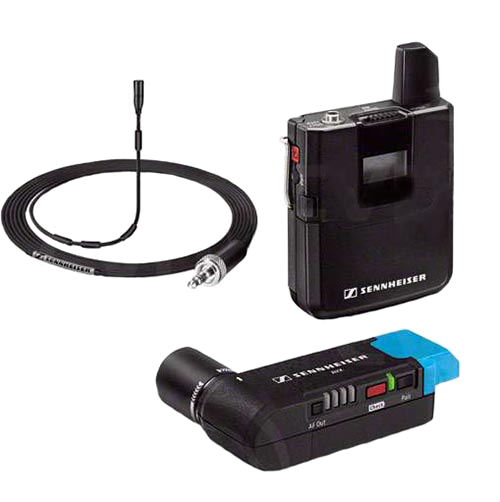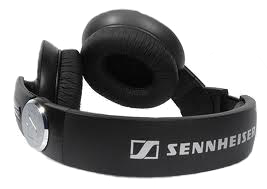Zoom F8 Audio Field Recorder:
The Zoom F8 is our main audio recording device. The F8 is an extremely versatile audio recording unit. In recent years advances in video have made film making accessible to creators everywhere, but the accessibility of professional audio devices has just not kept pace. Audio field recorders, with essential features such as time code, have been unobtainable for most until now.
The F8 is made for serious filmmakers and sound designers, with 8-input/10-track recording, super low-noise preamps, and support for 24-bit/192kHz audio, the F8 captures the highest-quality audio. Not only is the F8 versatile and feature rich, it is the smallest field recorder with eight XLR combo inputs ever made. Weighing just 2.1 pounds, its aluminium chassis is both rugged and durable.
The F8 is also the audio first field recorder to come with wireless Bluetooth control. The F8 provides 8 discrete inputs with locking Neutrik XLR/TRS combo connectors. Each input has a dedicated gain control knob, a 6-segment LED level meter, and Record Ready and PFL switch. The onboard mixer enables flexible signal routing from all inputs to all outputs, either pre- or post-fader, with user-adjustable level, pan, and input/output delay.
